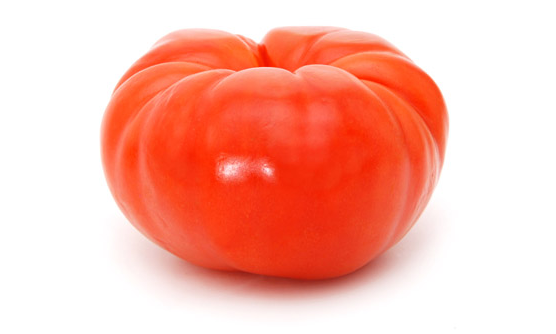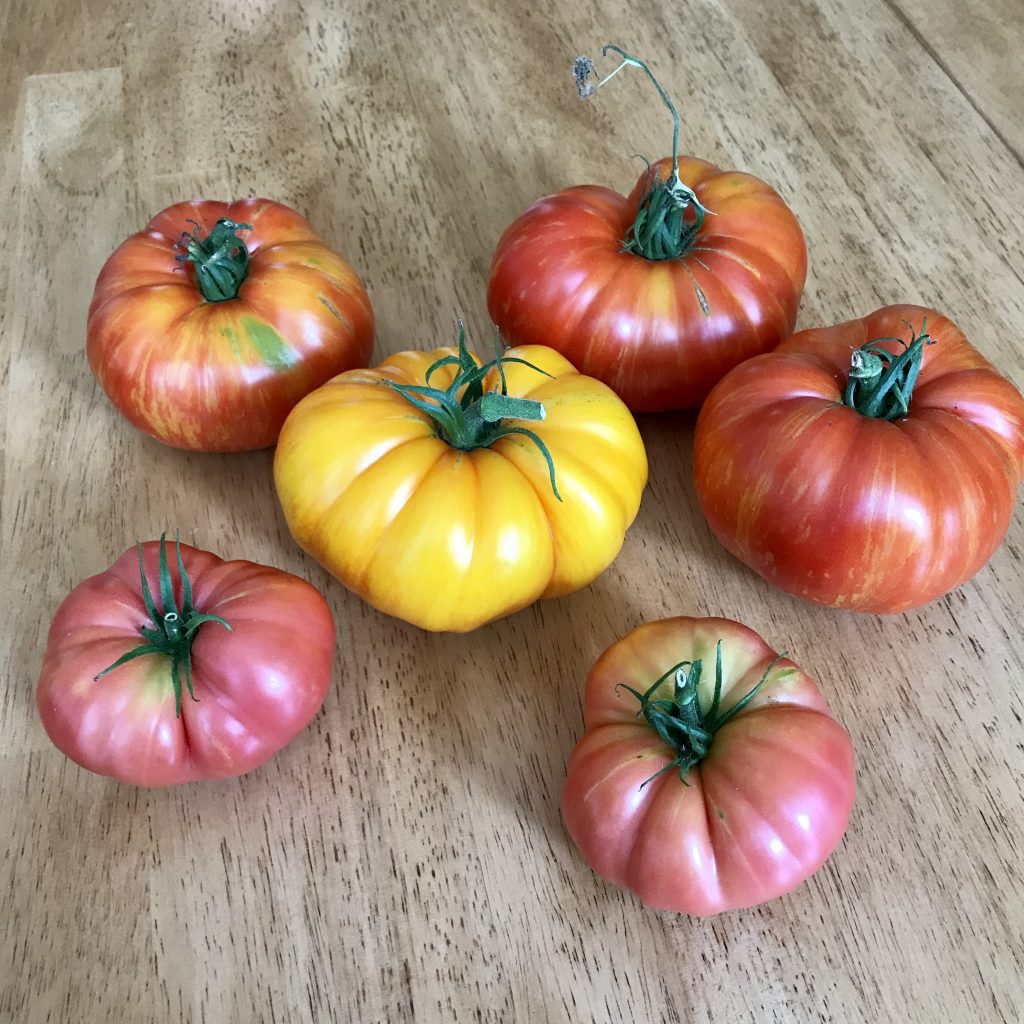People think I’m an authority on growing food, and I’m flattered and grateful. It is certainly true that I have worked at gardening “seriously” for the last five years or so, and in that time I have enjoyed some successes, solved a number of problems, and learned many wonderful things.
But five years leaves me with a curious mix of detailed nerdy knowledge and serious gaps. Some of the problems I have faced were existential, in the sense of “If I do not eradicate the powdery mildew, I will harvest NO zucchini this year.” You can believe that problems in the existential category have led me to hours of research, YouTube videos, trial and error, brute force methods, etc., etc. Sometimes especially in the past, I have been willing to spend $200 to save a harvest worth maybe $60. Part of that was obstinate determination, but part of it was “Let’s solve the problem first, and then later analyze the solution for cost, effectiveness, safety, and convenience.”
It’s not as crazy as it sounds, because having labored so intently in the past, I am now equipped with first-hand knowledge and experience that I now use (much more economically!) to deal with known problems.
Other problems are not existential, so much as they are inconvenient. For instance, this year I planted some “determinate” (maximum height of 4 feet) tomato plants next to and north of some “indeterminate” (unconstrained growth) plants. The result was that the indeterminate plants have grown to 8 feet or more, and completely eclipse the shorter plants. And because the bigger plants were planted to the south of the smaller ones, the smaller ones have been handicapped by greatly reduced sunlight. The obvious solution (planting larger plants north of smaller ones) will have to wait until next year, and this bit of gardening lore will surely help me increase my yields in future years.
The delay hinted at in this story (“…wait until next year”) actually explains something else interesting about learning to grow food, which is that some gardening knowledge takes a long time to learn. For annual vegetable plants, maybe most of the things you need to know can be learned in a single year, although some things, like a need for crop rotation, may not become evident for several years. Fruit trees are trickier, because trees may not produce fruit for several years after growing. Imagine the disappointment of planting a tree, waiting five years for it to fruit, and finding the fruit to be poor quality, or poorly adapted to your local growing conditions?
All this to say that five years as a gardener is not enough experience to take credit for any expertise. I hope you will keep reading my blog and learning with me, but take note of my failures as well as my successes!
In the category of “one man’s ceiling is another man’s floor,” I just learned the difference between hybrid and heirloom plant varieties. No doubt this will be interesting and new to some of you, and to others this will be so elementary and basic as to be trivial. Here’s the story of how I came to understand this.
Some of the best tomatoes I have bought in the supermarkets are sold under the label “Vintage Ripe” and produced by Lipman Farms. These are the lobed pumpkin-shaped fruits, and they have a better flavor than most supermarket tomatoes. But they are irregular in shape, which can make them develop weak spots in the creases leading to more rapid spoilage, and they can be a bit awkwardly shaped for use in sandwiches. Lipman actually had to get an exemption based on the shape, because the USDA has roundness standards (I’m not kidding) for supermarket tomatoes.

I haven’t previously been interested to duplicate supermarket tomatoes in my garden, because everything else I’ve ever grown has tasted much better. But I was impressed by the Vintage Ripe variety, and thought it would be fun to try. So I saved seeds, and planted them this year. I have three plants that have grown to about 8 feet tall, and they started fruiting about two weeks ago. Interestingly, the variety is identified as “heirloom” in both web pages linked in the previous paragraph.
Well, it’s not heirloom. An heirloom variety is one that “breeds true” repeatably. This means that you can grow the variety and next year’s fruits using the saved seeds will look the same as last year’s. This is in distinction to hybrid varieties, which are generated through cross-pollination to combine desirable characteristics of two different plants, but which might revert to one or other of the previous characteristics in subsequent plantings. Note that the words are applied to many different annual vegetables, not just tomatoes.
Here’s a picture of what grew from my three second plantings.

So now I’m confronted with a choice. I could try to create my own heirloom variety out of one of these fruits, by growing a bunch of plants next year, and saving seeds from a fruit that looks like what we’re going for, and repeating for several years until the results are stable and consistent. Then it would be a new heirloom variety, and I would be able to name it and possibly market it. I think I might be interested in trying that if I had more space available to dedicate to experimental growing. As it is, I’m not likely to do this any time soon. Someday.
It is particularly alarming that these tomatoes were identified by the grower as “heirloom.” If you grow a garden and save seeds, you certainly should check to see if they are indicated as hybrid or heirloom before planting. But how will you know if they really are heirlooms? About the only thing I can think of is to develop relationships with growers and nurseries (especially local ones) and figure out who can be trusted over time.
I’ll conclude with an observation about words and marketing. Most people have a concept in mind that old-fashioned food is better than modern food, and the tomato is probably the main archetype for this concept. Everybody who has tasted a homegrown tomato knows it is different from supermarket tomatoes. The word “heirloom” has a connotation of longstanding heritage and continuity with the past, while the word “hybrid” has a connotation of applying modern technology to improve crops. These words are thus rather unfortunate from a marketing perspective, because hybrid tomatoes are just as delicious and nutritious as heirloom varieties. I guess I don’t blame Lipman for marketing their “Vintage Ripe” tomatoes (the name is clearly intended to imply continuity with the past) as “heirloom,” but my inadvertent experiment proves that they are not heirloom.